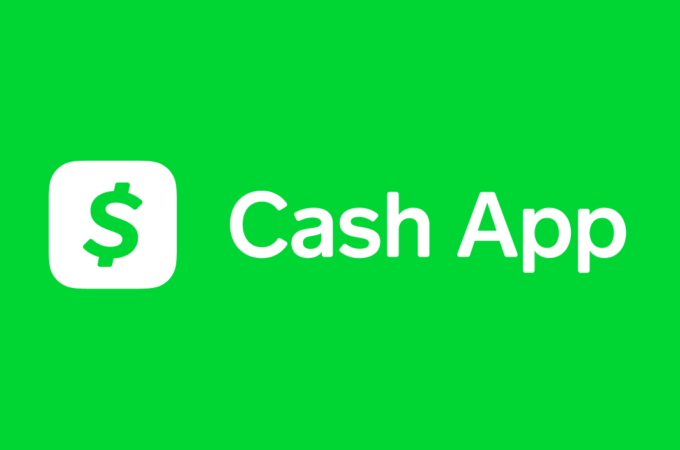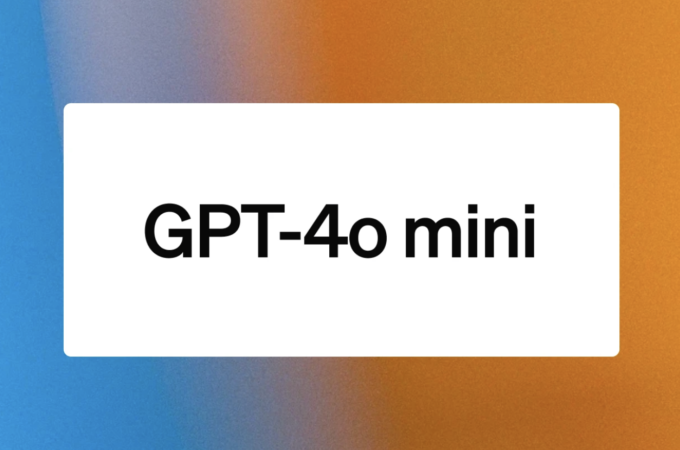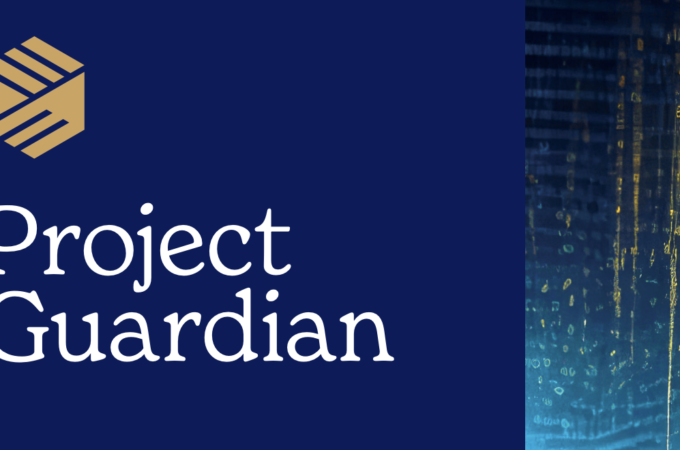
The Startup That Wants To Build A Cashless Economy In The Philippines
By Casey Hynes for Forbes
Sixty-nine percent of Filipinos were underbanked as of 2015. But the country also has the fastest-growing smartphone market in ASEAN–not to mention that it’s home to the selfie capital of the world. The combination creates an interesting opportunity for fintech entrepreneurs, and Mark Vernon has taken advantage of it.
“When I first came to the Philippines five years ago, I wanted to create a rewards system that rewarded people for sharing offers and coupons on social media,” Vernon said via email. “There was no existing system to give small amounts of money out via API, so I had no choice but to create my own system. Tagcash was born from that need.”
The comprar acciones en toro platform, which bills itself as “building a digital economy through cashless transactions,” serves as a hub for payments, loyalty programs and social sharing.
WeChat-inspired
Vernon was inspired by WeChat’s success in China and decided to create a similar platform for the Philippines, integrating payments options into Tagcash. “Since the Philippines uses social media and chat so much, it makes sense to integrate payments and transfers within that area. We started with [a] website and API, created an app for it, and now we are venturing into chatbots, so that anyone can transfer and spend money via Facebook messenger,” Vernon said.
Building Tagcash has not been without its hurdles. Vernon said users were initially reluctant to use the product due to a lack of trust, particularly when it comes to financial transactions. He noted that people also tend to buy the smallest amount necessary. For instance, someone might purchase a cigarette at a time instead of a full pack or a small airtime load rather than stocking up.
But buying in small quantities comes with a premium, so the Tagcash team needed to persuade people to store money through the app and have it there for later, rather than repeating the same actions on a case by case basis.
“The only way we can counter this is to give lots of reasons for people to spend money directly from the app,” Vernon said.
Classic “chicken or the egg” problem
Incentivizing people to be active on Tagcash is critical to growing the business. The system allows merchants to establish loyalty rewards programs to get people buying from them, but consumers need to have money on the app in order to buy–a classic “chicken or the egg” problem.
Tagcash is addressing that by creating a robust suite of services that make people’s lives easier. These include purchasing bus tickets, booking home services, scheduling massages, placing delivery orders, and setting up escrow payments. The company is also developing a peer-to-peer lending component.
“As we grow those services, more people will keep money in their Tagcash account, which means merchants will be attracted,” Vernon said. “There are no fees for merchants to set up and take payments, so no friction there.” Fifteen hundred merchants have registered with the platform, though uses on that end have not yet taken off, according to Vernon.
But merchant usage is not part of Tagcash’s financial growth plan. Vernon said the merchant set-up and processing services are free because the team wants to enable small online companies to take digital payments.
“Small online merchants find it almost impossible to set up a credit card merchant account, and the cost is quite high so how do they take payments?” he said. “So we make it free to set up an account within seconds (and a simple KYC process for upload of DTI or SEC certificate), and free to take payments. We don’t intend to make money that way, we want to encourage the use of digital cash, and monetize from the various services we offer via app and chatbots.”
At present, however, people mostly use Tagcash for purchasing airtime and paying bills. But retailers who want to use Tagcash to simplify their payment systems can use the company’s QR module to enable instant check-out. The system also accepts payment from Bitcoin apps and automatically converts those to Philippine pesos.
Emphasis on security
The company also emphasizes security, a crucial component in mobile money applications–and in persuading people to trust the platform..
“The only way that transaction info. is shared is via the TagCoin blockchain, and a person would have to know the public address for the receiver to look that up,” Vernon explained. “There is no additional info. other than the amount being transferred, just as it is with Bitcoin.
The TagCoin blockchain can also be used to track and prevent fraudulent activity and no one can withdraw money unless they’ve been through an extensive verification process. Such measures can be used to reassure customers that their money is safe with Tagcash and help acclimate them to mobile money systems more broadly.
Looking ahead, Vernon sees opportunities amid constraints. He said domestic telcos are not reliable enough for enabling SMS-based payments, as have taken route through Mpesa in Kenya and Bkash in Bangladesh.
“I wish that the telcos would create free public APIs to integrate their services, so we can see more payments being done, more integrations between different services,” he said. “The banks are also a little bit behind, with only a couple of banks I know of that are anywhere near where they should be in terms of API integrations and ease of money transfer.”
Still, where there are problems, there are needs for innovation, and Vernon plans to pursue those openings in the Philippines, including for the unbanked. “The banks don’t really care about them because there is no money to be made,” Vernon said. “That leaves room for Tagcash and others to provide solutions where we can be more nimble and more experimental.”
First appeared at Forbes




